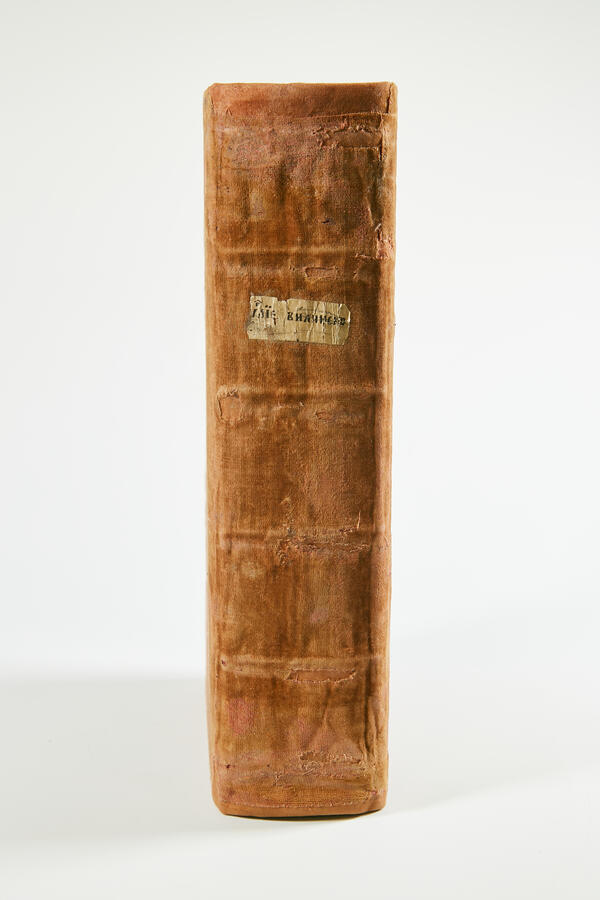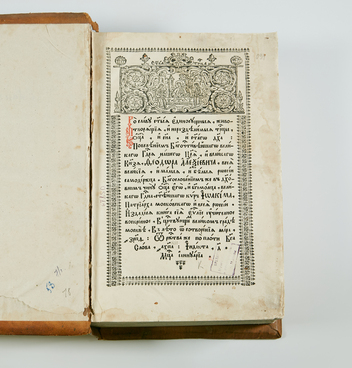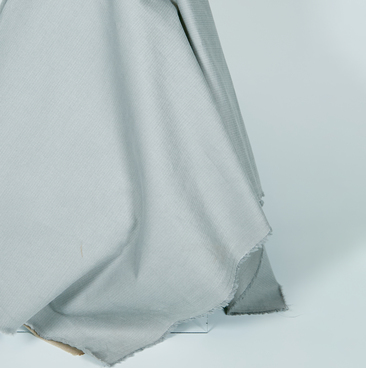The 1575 Altar Gospel, also known as the Vilna Gospel, was printed in Vilna (present-day Vilnius) by Pyotr Timofeyevich Mstislavets, and is one of the most beautiful early printed books in the Museum of Moscow’s rare book collection.
In 1564, together with the first printer form Moscow Ivan Fyodorov, Pyotr Mstislavets printed the first Russian book that has an exact date — “Acts and Epistles of the Apostles”. In 1569, he moved to Vilna and established a print shop supported by rich citizens Zaretskys and the Mamonich family of Orthodox merchants. On March 30, 1575, the Altar Gospel was printed there. The total number of copies was around 1200, but only about 110 of them have survived to this day.
The Altar Gospel contains the Four Gospels (the gospels of Matthew, Mark, Luke and John) and a calendar of Gospel readings. The book was used during major religious services. The bindings for such books were made of boards covered with expensive cloth and copper or silver cover plates depicting the crucifix in the center and the Four Evangelists on the sides of the front cover. The binding of the gospel features raspberry-colored velvet, the decorative cover plates have been lost. When working on the Gospel, Pyotr Mstislavets proved himself as a master of book design. The publication features a beautiful clear typeface, copied from a large half-uncial script of Russian manuscripts (the type of Cyrillic lettering characterized by soft lines). The headpieces include floral elements, such as cones, acorns, berries, and cracked pomegranates. The book is adorned with full-page engravings portraying the four apostles. The sophisticated frames around them show columns supporting the vault and unusual figures of beasts.
The master was most certainly influenced by book printing in Western Europe in the 16th century, although the edition in many ways carries on the traditions of Moscow book printing. In the 19th and early 20th centuries, the Gospel was kept by a family of major manufacturers, public figures and benefactors Bardygins in Yegoryevsk. After the Russian Revolution of 1917, the Bardygins moved to France, and the Altar Gospel book found its way to the library of the All-Union Academy of Architecture, and from there — to the Museum of Moscow.





